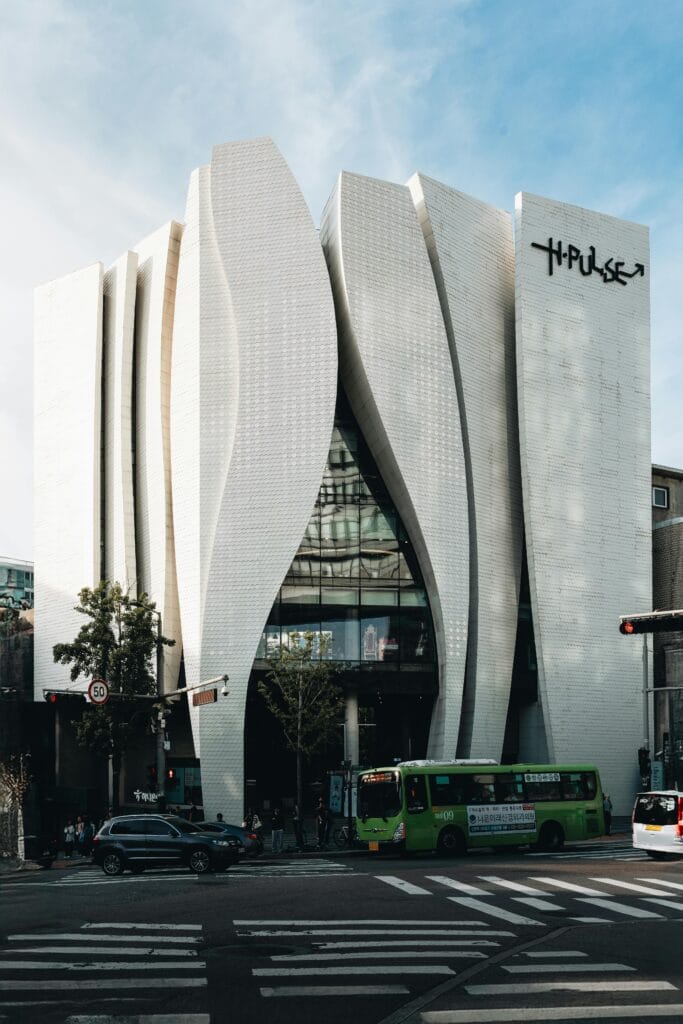Have a Safe Trip. Is travel something you approach with excitement or worry? For many, the prospect of exploring new destinations brings joy and anticipation. Yet, the concern for safety and smooth experiences can linger, often overshadowing the thrill of the journey. The travel industry has evolved dramatically over the decades, with advancements in technology and accessibility reshaping how, when, and where people travel. But how does one ensure a voyage remains free of trouble? Before embarking on a trip, it’s crucial to be equipped with knowledge and strategies to ensure both security and peace of mind.

This image is property of images.pexels.com.
Table of Contents
The Evolution of Travel Safety
Historically, travel was a formidable venture undertaken by the brave few. In ancient times, traversing unfamiliar lands involved significant risks, including exposure to harsh climates, terrain obstacles, and the unknown intentions of others. With the introduction of the steam engine and later the airplane, global travel became more accessible. In addition, enhancements in mobile technology now provide travelers with tools and resources for safety and convenience like never before.
In today’s interconnected world, traveling has never been easier or safer, thanks to advances such as real-time communication, global positioning systems, and the swift dissemination of information. However, with these advancements come unique challenges, including cybersecurity threats, identity theft, and the ongoing need for vigilance against global health concerns. Today’s traveler must navigate a complex landscape of potential risks, making informed decisions to ensure a smooth journey.
Current Trends in Travel Safety
In recent years, the travel industry has seen several positive developments aimed at increasing traveler safety. One key trend is the growing emphasis on sanitation and hygiene standards, partly driven by the COVID-19 pandemic. Airlines, hotels, and tourist destinations have implemented rigorous cleaning protocols and contactless services to reduce the risk of infection. Travel insurance has also become more comprehensive, offering coverage for health-related incidents, cancellations, and unexpected disruptions.
Furthermore, digital tools such as mobile applications and wearable technology have empowered travelers with real-time data on weather conditions, security alerts, and transportation options. These technologies enable travelers to make informed decisions and adjust plans as necessary to avoid potential hazards. The rising popularity of personalized travel experiences has led to tailored safety tips and customized itineraries, further enhancing the traveler’s sense of security.
Key Concepts and Definitions
To navigate the realm of travel safety effectively, it is essential to understand some key concepts and definitions.
- Travel Insurance: A financial product designed to cover losses incurred during travel, encompassing medical expenses, trip cancellations, lost luggage, and other travel-related disruptions.
- Contactless Services: Technology that allows payments and interactions without physical contact, enhancing safety by minimizing the risk of germ transmission.
- Cybersecurity: The protection of internet-connected systems, including hardware, software, and data, from cyberattacks, crucial for safeguarding personal information when online abroad.
- Biometric Verification: A security process that uses unique biological traits, such as fingerprints or facial recognition, to verify identity. Increasingly employed in travel settings for streamlined and secure check-ins.
Making informed decisions during travel involves not only understanding these terms but also applying this knowledge to practical scenarios.
Preparation: The Foundation of Safe Travel
Within the myriad of travel preparations, certain steps are indispensable for minimizing risks and optimizing safety. Establishing a comprehensive checklist before departure can be a game-changer, ensuring nothing crucial is overlooked.
Health Precautions
Prioritizing health is paramount. Consulting a healthcare professional for vaccinations and health advice tailored to your destination is a prudent step. Carrying a stocked first aid kit and knowing the location of nearby hospitals or clinics can prevent minor issues from escalating.
Documentation and Essentials
Ensuring all travel documents, such as passports, visas, and identification, are current and safely stored is critical. It is advisable to carry copies stored in a different location than originals. Additionally, storing emergency contact information both physically and digitally can be lifesaving.
Cybersecurity Measures
The digital age demands an awareness of cybersecurity. Using a virtual private network (VPN) while accessing the internet in public places can protect personal information. Regularly updating software and being cautious of public Wi-Fi networks can further safeguard one’s digital footprint.

This image is property of images.pexels.com.
Travel Scenarios and Safety Practices
Several scenarios demand specific safety practices to mitigate risks and enhance travel experiences. An illustration of different travel scenarios will offer valuable insights into risk management.
Example 1: Air Travel
A seasoned traveler shares their experience juggling multiple flight connections. Despite initial hesitation, applying safety measures such as wearing a mask, using hand sanitizers, and opting for flexible booking options led to a successful journey. This proactive approach underscores the importance of health safety in densely populated environments.
Example 2: Adventure Travel
Adventure travel, with its inherent risks, requires meticulous planning. A mountaineer recounts the significance of checking equipment, understanding local conditions, and respecting indigenous knowledge. Collaboration with experienced guides and adherence to safety protocols proved crucial, particularly in unpredictable terrains.
Comparing Perspectives on Travel Safety
Different perspectives offer varied insights on travel safety, underscoring the significance of a nuanced approach. Below is a table highlighting the different factors considered by leisure travelers, business travelers, and solo adventurers:
| Factor | Leisure Traveler | Business Traveler | Solo Adventurer |
|---|---|---|---|
| Safety Priorities | Health and sites safety | Hotel security and schedule flexibility | Equipment checks and trail mapping |
| Key Concerns | Accommodation quality | Meeting agendas and communication | Solo navigation and wildlife awareness |
| Preferred Tools | Mobile apps for sightseeing | Virtual meetings and credit card protections | GPS trackers and personal alarms |
| Benefits of Travel | Relaxation and new experiences | Networking and professional growth | Personal challenge and exploration |

This image is property of images.pexels.com.
Impact Assessment: Weighing the Benefits of Preparedness
The impact of adequate travel preparation cannot be overstated. Prepared travelers often experience enhanced safety and fewer disruptions. While costs for travel insurance or equipment might seem significant upfront, they often prove invaluable when unforeseen incidents arise. Analyzing the potential costs versus benefits of these precautions reveals the advantage of being prepared, both financially and in terms of personal well-being.
Future Directions and Implications
As global travel becomes increasingly complex, understanding future trends and their implications is crucial. The industry is embracing technology to create safer, smarter travel experiences. Predictions indicate further integration of artificial intelligence, offering personalized safety recommendations and real-time incident alerts. In addition, the push towards sustainable and responsible tourism promises to transform travel landscapes, balancing visitor influx with environmental preservation goals.
The evolving nature of travel safety has far-reaching implications for various stakeholders, including travelers, governments, and industry leaders. A coordinated effort towards embracing technology, sharing information, and fostering a culture of safety will be key to progressing in this field.

Conclusion
In summary, ensuring a safe and enjoyable travel experience hinges on comprehensive preparation and informed decisions. From historical context to current trends and future directions, understanding the multi-faceted elements of travel safety empowers travelers to maximize their adventures while minimizing risks. With tools and knowledge at the traveler’s disposal, the journey ahead can truly be worry-free. What aspect of travel safety do you find most critical?
By engaging with more resources and perspectives, travelers can continue to enhance their experiences, equipped with the foresight to handle whatever comes their way. Readers are encouraged to examine other informative articles on safe travel practices for further understanding.
This in-depth exploration has aimed to highlight the importance of thoughtful preparation for all travel endeavors. May each journey undertaken be as safe as it is enriching.
Your travel checklist: 10 tips for a worry-free vacation
